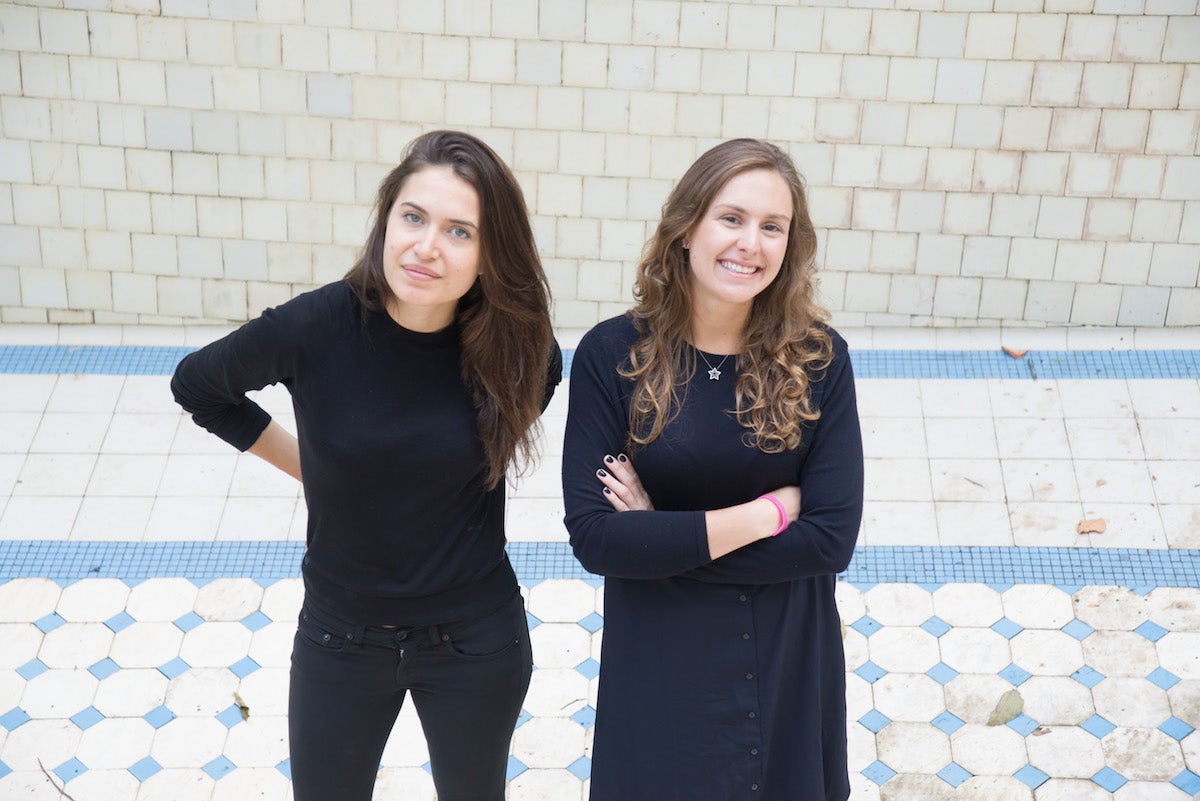You’ve probably heard of Bitcoin, the disruptive cryptocurrency rollercoastering up and down in value daily (today one coin is worth $10,336; last month it was as high as $13,800). However, many experts predict that while Bitcoin may come and go, the technology underpinning it—blockchain—will change global commerce for good, creating unhackable, uncensorable transaction records that make markets more trustworthy.
That reality may be the way of the future for tracking high-value, bespoke products in the design world. For the art world, or at least a sector of it, that future is now. Alpha’a, an online marketplace headquartered in New York that sells emerging and established artists’ works to clients like Airbnb, Zola and Gilt, is keeping track of every artwork registered and sold through its platform with the launch of Alphaa.io, a blockchain certification that records shifts in pricing and ownership.
Created by Alpha’a executives Manuela Seve, founder and CEO, and Renata Thomé, partner and COO, Alphaa.io operates on the EOS blockchain, one of the largest blockchain platforms in the world. Block.one's EOS VC business unit selected Alpha's as a project to receive funds for the growth and expansion of the EOSIO ecosystem. “Eventually we see potential for other collectibles,” Seve tells Business of Home. “We’ve been talking to other companies doing things in fashion, in sneakers, in diamonds, etc.” (Adds Thomé: “The intersection of art, design and furniture is so complementary—it’s the type of work we love, working with partners.”)
Alpha’a has been using its proprietary certification technology since launching in 2014. But, taking quick notice of how the art market sought to guarantee transactions and pricing history, and a solution for looping artists into secondary markets, Seve and Thomé have now expanded it to all of its users. “And that’s why we came up with the tokens we’re going to launch which will serve as a translation of Alpha’a’s certifying technology onto the blockchain,” says Seve. “Either the artist can come to us to certify his work, or the galleries—when they’re organizing their initial shows with the artist—can also use our certification program.” The platform helps artists understand the market and justify pricing for their work.
A quick primer: Blockchain is an ideal tracking tech because it’s essentially a list of records, or “blocks,” linked using cryptography (a fancy word for secure online communication) and managed by a vetted peer-to-peer network. The legitimacy of a record is verified by every other user, leading to permanent, immutable information about ownership and price. It’s what powers Bitcoin, or, on a lighter note, CryptoKitties, a blockchain game where users buy, purchase and sell virtual pet cats.
On the back of each print that Alpha’a sells, there’s a QR code that gives the owner access to the Alpha’a’ platform, which was designed to be simple enough for almost anyone to use. “The two pieces need to work together in order to actually create value,” says Seve, “So if you want to sell your work, you would just transfer ownership through your digital profile.” The new owner would then use the same QR code to access the platform.
Right now, the biggest Alpha’a clients are hotels and offices, but Seve and Thomé are hoping to reach homebuilders and designers as well, regardless of what art they buy. “By inserting this [token] element, you create value,” says Seve. “Even if it is an affordable work.” About 5,000 works are sold directly on the Alpha’a platform, but it’s open to galleries, independent artists and anyone else who wants to access it.
On the platform’s website is a logo that looks like a scan of a fingerprint, fitting for the company’s mission of traceability and transparency. Comparing it to art, Seve says: “It’s human, it’s unique.”





























